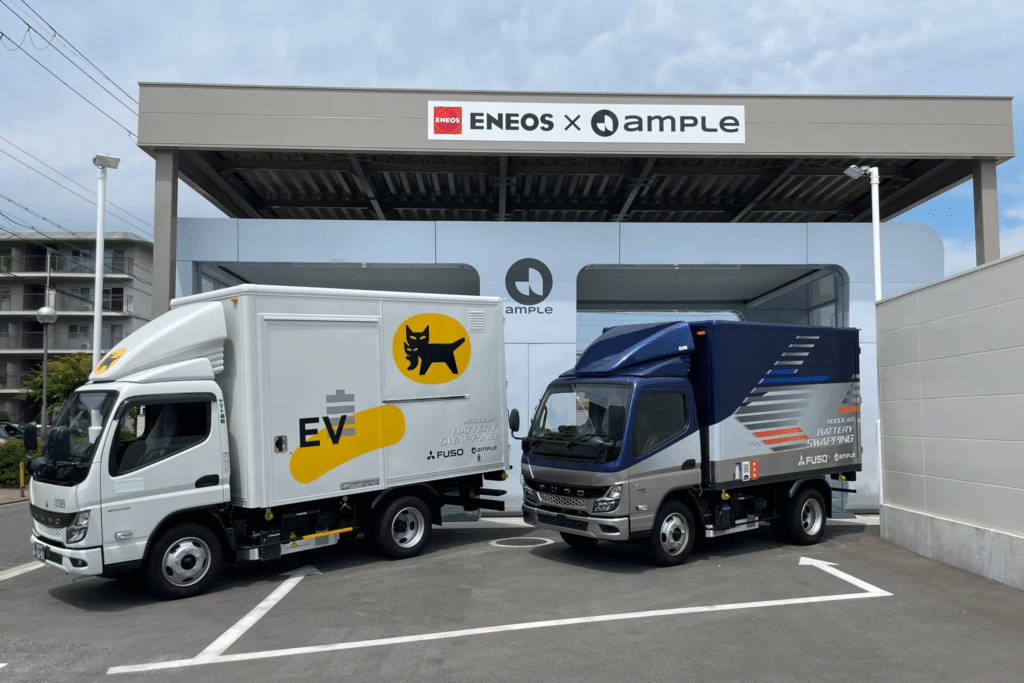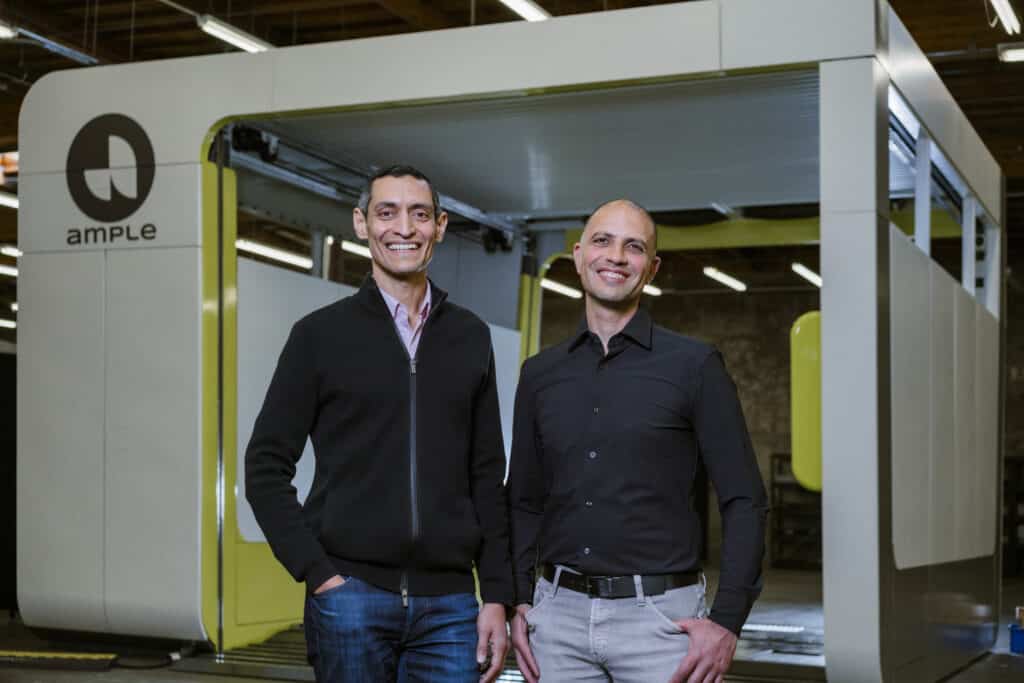Will EV Battery Swapping be Successful in the US?
EV battery swapping is an alternative to conventional electric vehicle (EV) charging that allows drivers to exchange a depleted battery for a fully charged one in a matter of minutes. This approach eliminates the wait time associated with traditional charging and addresses some challenges in EV adoption, such as long charging times, limited charging infrastructure, and battery degradation concerns. Companies in China, such as Nio, and Gogoro in Taiwan, have had success with the technology.
How It Works
Standardized Battery Design: EVs participating in battery swapping need batteries of standardized sizes and interfaces to enable seamless interchangeability.
Automated Process: At a battery swapping station, robots or automated machinery remove the depleted battery and replace it with a fully charged one.
Battery Ownership Models: Often, battery ownership remains with the service provider, not the EV owner. This reduces upfront EV costs and shifts battery maintenance and recycling to the operator.
Advantages
Time Efficiency: Swapping a battery typically takes less than five minutes, much faster than traditional charging.
Lower Upfront Costs: Consumers can purchase EVs without a battery, significantly reducing the vehicle’s price.
Battery Lifecycle Management: Operators can monitor battery health, extend lifespan through maintenance, and manage recycling or repurposing efficiently.
Scalability: It avoids grid overload during peak charging times by balancing charging schedules at swap stations.
Challenges
Standardization: Lack of industry-wide battery standards makes scaling across multiple EV manufacturers challenging.
Infrastructure Costs: Setting up swapping stations requires significant investment in equipment, real estate, and energy storage.
Battery Compatibility: Vehicle models need to support the specific battery formats used at the swapping station.
Limited Adoption: While successful in markets like China and India, swapping remains niche in regions like North America and Europe.
Key Players
NIO (China): A leader in battery swapping, offering extensive swapping stations as part of its service package.
Ample (USA): Focuses on modular battery swapping with an emphasis on fleet applications like delivery vehicles.
Gogoro (Taiwan): A pioneer in battery swapping for two-wheelers, widely adopted in urban areas.

Ample Secures $25 Million Investment from Mitsubishi Corporation to Drive Expansion of Battery Swapping Technology
On November 19, 2024, Ample, a leading US-based innovator in battery-swapping technology for electric vehicles (EVs), announced a $25 million investment from Mitsubishi Corporation. This partnership represents more than just a financial commitment, as Mitsubishi Corporation plans to collaborate with Ample by leveraging its expertise in mobility, renewable energy, energy storage, and battery reuse and recycling. The goal is to accelerate the deployment and expansion of Ample’s battery-swapping solutions.
Since its last funding round, Ample has made remarkable strides in scaling its battery-swapping infrastructure. The company has launched operations in Japan, establishing strategic partnerships to accelerate the adoption of its innovative technology. Collaborations with leading original equipment manufacturers (OEMs), including Stellantis and Mitsubishi Fuso Truck and Bus Corporation (a subsidiary of Daimler Truck), have enabled the integration of Ample’s battery-swapping technology into a diverse range of EV models, enhancing its accessibility and versatility.
These milestones underscore Ample’s dedication to delivering efficient and scalable energy solutions for the growing EV market. By combining advanced technology with strategic global partnerships, the company continues to pave the way for broader EV adoption, making electric mobility more practical and appealing for drivers worldwide.
“We are thrilled to have Mitsubishi Corporation join us on our mission to make electric vehicle adoption more accessible and sustainable,” said Khaled Hassounah, CEO of Ample. “Their investment and industry knowledge will be invaluable as we continue to scale our battery-swapping infrastructure and advance our technology.”
Ample is addressing the energy delivery challenges for electric transportation through the use of autonomous robotics and smart-battery technology. The company has developed an economical, rapidly deployable, and widely accessible platform that provides a full charge to electric vehicles in just minutes.
By eliminating the limitations of long charging times and complex infrastructure, Ample aims to make electric vehicle ownership more practical and convenient. The company’s vision is to democratize access to clean transportation, supporting the goal of making “Electric Cars for Everyone.”

Future Outlook
Battery swapping could gain traction, especially for fleets (e.g., taxis, delivery services) where quick turnaround times are critical. However, its widespread adoption depends on overcoming challenges like standardization and infrastructure expansion. Regions with high EV adoption and government support for innovative charging solutions are most likely to embrace this technology.
